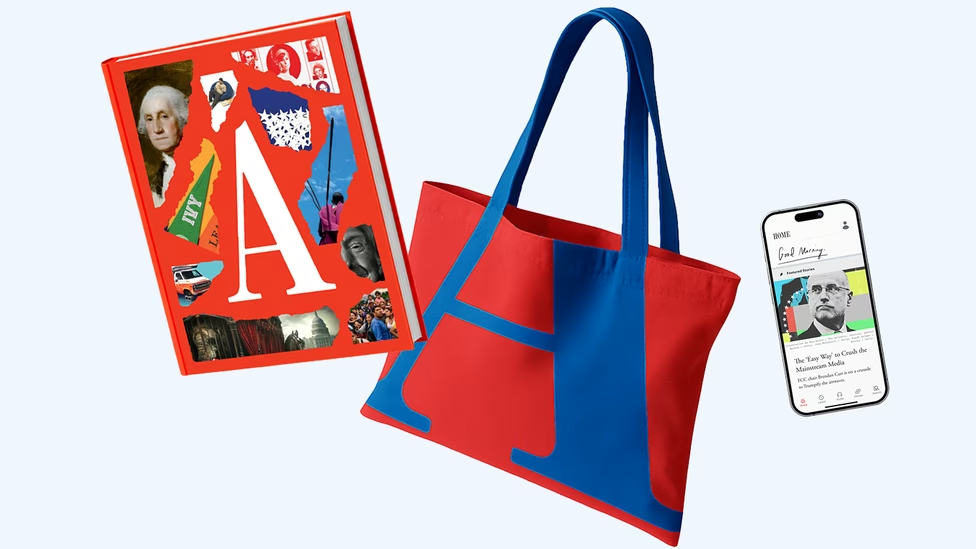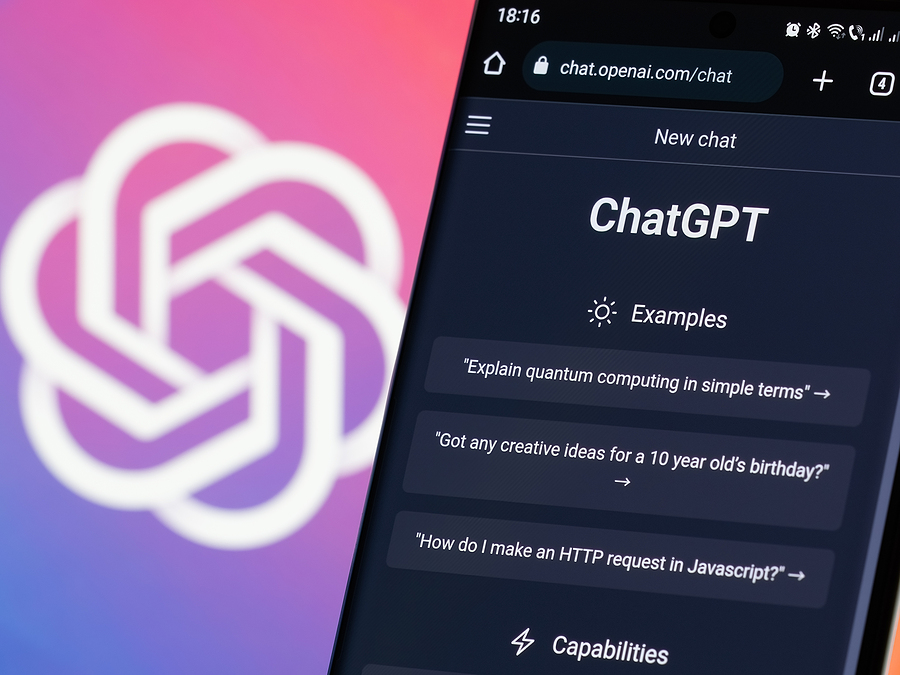
Five on Friday: Pay What You Want, Podcasts and Payouts
Pay-what-you-want, podcasts and payouts are in this week’s edition of Five on Friday. After testing their idea in July, Wyze is rolling out their Cam Plus Lite, a subscription tier that allows users to pay what they wish, more widely, and Spotify shuts down Studio 4. Also, Roku builds Live TV zones into their streaming platform, Apple pays out $60 billion to app developers in 2021, and new details are released about the forthcoming CNN+ subscription.
Wyze Expands Pay What You Want Subscription Service
Maybe the best things in life are free. Wyze, a Seattle-based smart home electronics company, started testing their pay what you want subscription service in 2020, says The Verge, and it looks like they have finally started to roll it out more broadly.
In a January 11, 2022 forum post, Wyze said they are introducing Cam Plus Lite which includes Wyze Person Detection and 12-second cloud recordings to all users with a pay what you want model, even for users who don’t want to pay anything for the service. They are also adding new features requested by users for local recording on microSD cards:
- Removing the 32GB card size limit
- Adding skip forward and rewind buttons
Wyze first started offering Person Detection in 2019 in partnership with AI firm Xnor.ai. The Person Detection feature was free but tied to the company’s $20 and $30 Wyze cams, according to The Verge. Once Apple bought Xnor.ai and Xnor.ai’s contract with Wyze terminated, they had to remove the feature. Wyze began building its own version of People Detection.
In an email to their customers, Wyze announced, “Over the last few months, we’ve had this service in beta testing, and we’re happy to report that the testing is going really well. Person Detection is meeting our high expectations, and it’s only going to keep improving over time. That’s the good news. The bad news is that it’s very expensive to run, and the costs are recurring. We greatly under-forecasted the monthly cloud costs when we started working on this project last year. The reality is we will not be able to absorb these costs and stay in business.”

Normally, Wyze would charge for a subscription, but after promising that customers could pay what they wanted, they couldn’t back out of that promise. Wyze told customers they had the option to use the service for free, or they could make monthly contributions in whatever amount they thought the service was worth.
Wyze also has a paid option to generate recurring revenue. This was a move they had to make after they nearly went bankrupt during the pandemic, which they shared in a candid YouTube video. They were about to enter into a Series B funding round, when the pandemic hit and the company was down to just a few months of cash on hand. They got a bridge loan, raised more investor money, and put together a package of services that included Person Detection and Vehicle Detection. With the new investment, they focused on improving their service and finishing products and services in the works. It is a rags to riches stories any subscription company would feel good about. In light of that, a pay what you want model is a little daring, but they know their customers and they know money is tight for everyone.
Spotify shuts down its namesake podcast studio, Studio 4
While Spotify is expanding their podcast and audio offerings, they are making some other changes within their organization. They are working on disbanding their founding podcast studio, Studio 4, as well as laying off members of their team, The Verge reports. Those impacted by the Spotify layoffs were alerted on January 7 and their last day will be January 21. Affected employees will receive two months of severance pay. Variety reports that as many as 15 staff members were either laid off or are being redeployed to other positions. Some employees were automatically reassigned, and others were given the option to apply for other jobs at Spotify.
Studio 4 was not as popular with Spotify employees as one would think. 9to5Mac reports that employees complained that Studio 4 was treated as a “junk drawer” for projects that didn’t fit with the other studios that Spotify had acquired. It is unclear what will happen to podcasts hosted by Studio 4.

Dissect Podcast tweeted, “Thank you to all who’ve reached out after news broke that Spotify is sunsetting one of its pod studios. One article gives the impression that Dissect is being canceled. That is 100% NOT the case. Dissect is NOT going anywhere. I will continue the show as usual with Spotify.”
Julie McNamara of Spotify said that the company will be able to “move faster and make more significant progress and facilitate more effective collaboration across our organization,” in a memo about Studio 4. McNamara joined Spotify after her career as the programming boss at Paramount Plus and serves as the head of US studios and video at Spotify.
App Store developers paid $60B from Apple in 2021
Apple released an end-of-year report that highlighted the evolution and performance of their services and features, as well as to highlight how much their app developers have been paid out year over year. In a recent press release, Apple noted that the App Store’s platform helped developers to sell digital goods and services with a payout of $260 billion since the App Store’s inception in 2008. The kicker? 2021 produced $60 billion of that revenue alone.
With 2021, Apple had a lot of new and exciting features come to the App Store. With the shift of movies leaving the box office in 2020, the App Store released blockbuster movies on their premiere date, like Black Widow, and Space Jam: A New Legacy. Additionally, in October, they were able to launch In-App Events, which allows timely events within apps and games, including game competitions, movie premieres, livestreamed experiences, and more.

TechCrunch says that, at the end of 2019, Apple reported they had paid developers a total of $155 billion since the App Store’s debut. In 2018, they reported $120 billion in revenue. This increase in revenue could be due to the App Store’s Small Business Program, which was announced in 2020, and rolled out at the beginning of 2021. With this program, developers earning up to $1 million per year would only have to pay 15% commission on in-app purchases instead of Apple’s standard 30% commission. Revenue numbers would be based on each businesses’ previous calendar year, and the threshold would be based on how much existing developers made across applications on a post-commission basis, TechCrunch reports. Additionally, Apple also dropped its cut of commission for select news publishers if they chose to participate in its Apple News Partner Program.
Apple celebrated its service Apple Arcade’s biggest expansion yet, offering players of all age ranges over 200 premium, family-friendly games. In addition to Arcade, Apple Music also got a large expansion. Apple Music launched lossless audio, as well as spatial audio to allow for a more immersive experience. They also rolled out Apple Music’s Voice Plan, which is a new subscription tier powered by Apple’s AI-assistant, Siri. This plan offers subscribers access to Apple Music’s entire catalog with a simple interface for just $4.99 per month.
In 2021, Apple launched Apple One Individual and Apple One Family in over 100 countries and regions, and Apple One Premier in over 20 countries after their expansion to 17 new markets next year. What will 2022 hold for Apple?
Roku now offers Live TV Zones in its streaming platform
Roku has developed a new update to their streaming platform that will make live content easier to access. In a January 11 press release, Roku debuted their new Live TV zones.
In a survey Roku conducted, they found that 4 in 5 consumers are TV streamers versus 2 in 3 people that pay for traditional TV. More than half of consumers say that they are planning to watch as much TV as they did during the pandemic, even as restrictions loosen. They also reported on spending habits between cord cutters and traditional pay TV viewers, as well as the percentage of cord cutters by generation, and what percentage of each generation elects to watch streamed content.
For sports, they found that the amount of people that were watching sports via streaming was starting to catch up to those that were watching sports on traditional pay TV. The satisfaction between both parties was almost the same. Both traditional pay TV and streaming sports users are equally as likely to continue watching sports through their preferred format.
The most interesting finding they reported, and cashed in on, was that 61% of those without traditional pay TV still watch live news multiple times a week. On the left-hand navigation menu on users’ Roku devices, they will be able to find their own Live TV Zone. This hub will offer easy access to Roku’s Live TV Channel Guide, much like the TV guides or pay-TV services.
Users will be able to find their recently watched content, as well as discover the latest in local and national news, sports, movies and more. On this Live TV Channel Guide, users will be able to see what is showing on Hulu, fuboTV, Philo, Sling, YouTube TV, and more. Additionally, users will be able to access more than 200 free, live channels, Engadget reports. This will help Roku provide a better user experience.

CNN+: what we know so far
There have been quiet whispers of CNN debuting their own streaming service for a while, but we didn’t have details. The whispers started to turn into more of an inside voice when a Vanity Fair article came out discussing the future of CNN and its streaming service.
CNN+ has been underway for at least a year and a half, with whispers starting to surface then. The idea was to bring all of WarnerMedia’s content divisions under one roof as it was looking to enter the streaming wars.
One source said, “The trick is to create a new product, with all the foundations and brand prestige of CNN, that people would be interested in paying money for.” Chief Digital Officer of CNN+, Andrew Morse, reported that the company is hiring approximately 450 people for the streaming platform, in addition to CNN’s already existing 4,000 employees.
It seems like a lot of big names have already signed on to be a part of CNN+ and its programming. Vanity Fair reported that content from Anderson Cooper, Kate Bolduan, Scott Galloway and Ethan Hawke would be featured on the platform. It appears that there will also be an interactive portion, which means to add community into the service.
A CNN+ sign up page indicates the subscription service will launch this spring, and it will provide up to 12 hours of exclusive live programming each day. In an report from Streamable, they said the suggested price was $5.99 per month, and they may pull content from HBO Max. In a distribution agreement, CNN+ will be available on Comcast’s Xfinity X1, Xfinity Flex and XClass TV platforms later this year.
CNN finished out 2021 with their second-most-watched year ever and finished the year as a top-five network in all of cable in all dayparts, reports Streamable. With numbers like that, CNN+ is sure to find its footing as a streaming video service.






